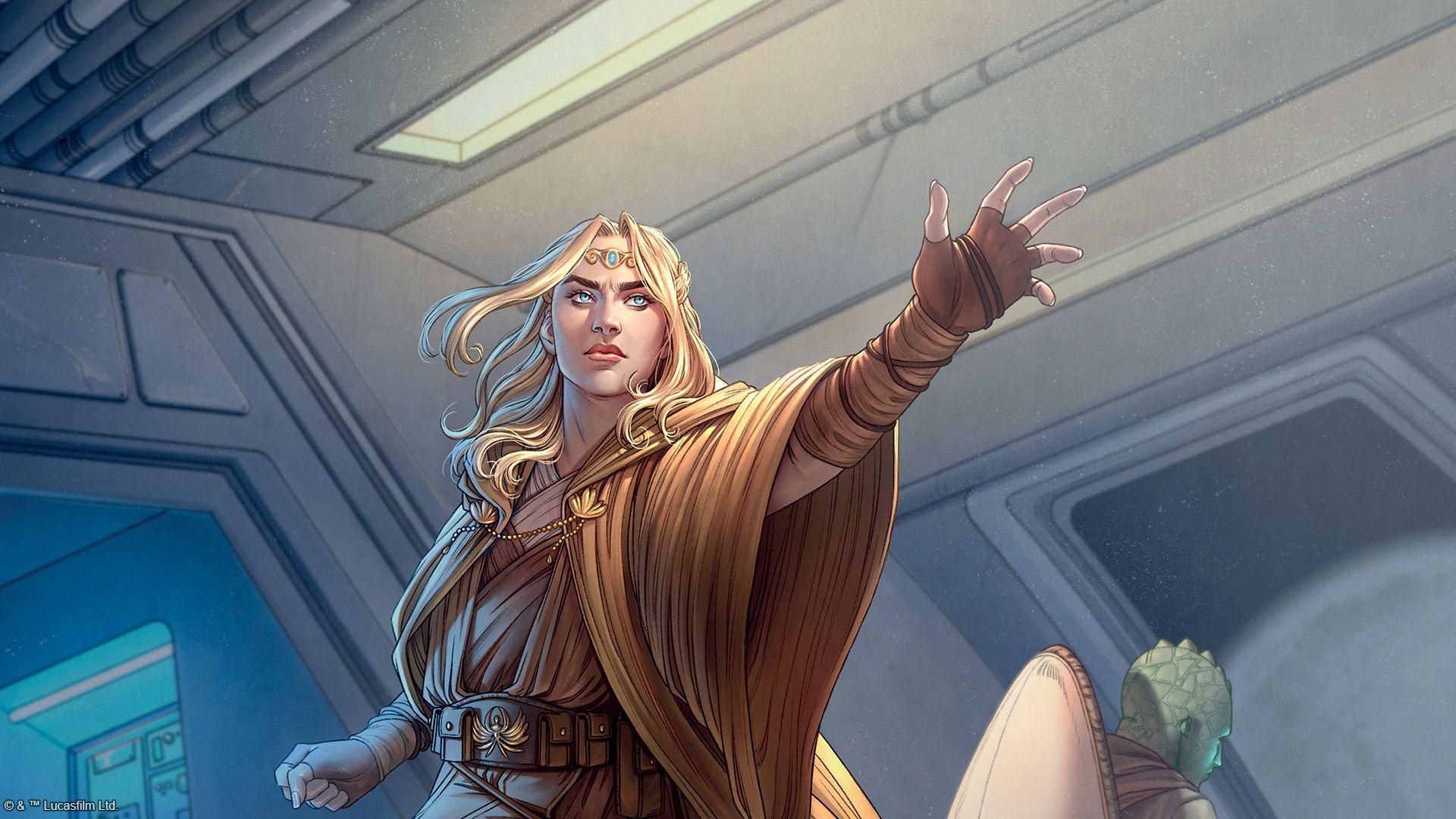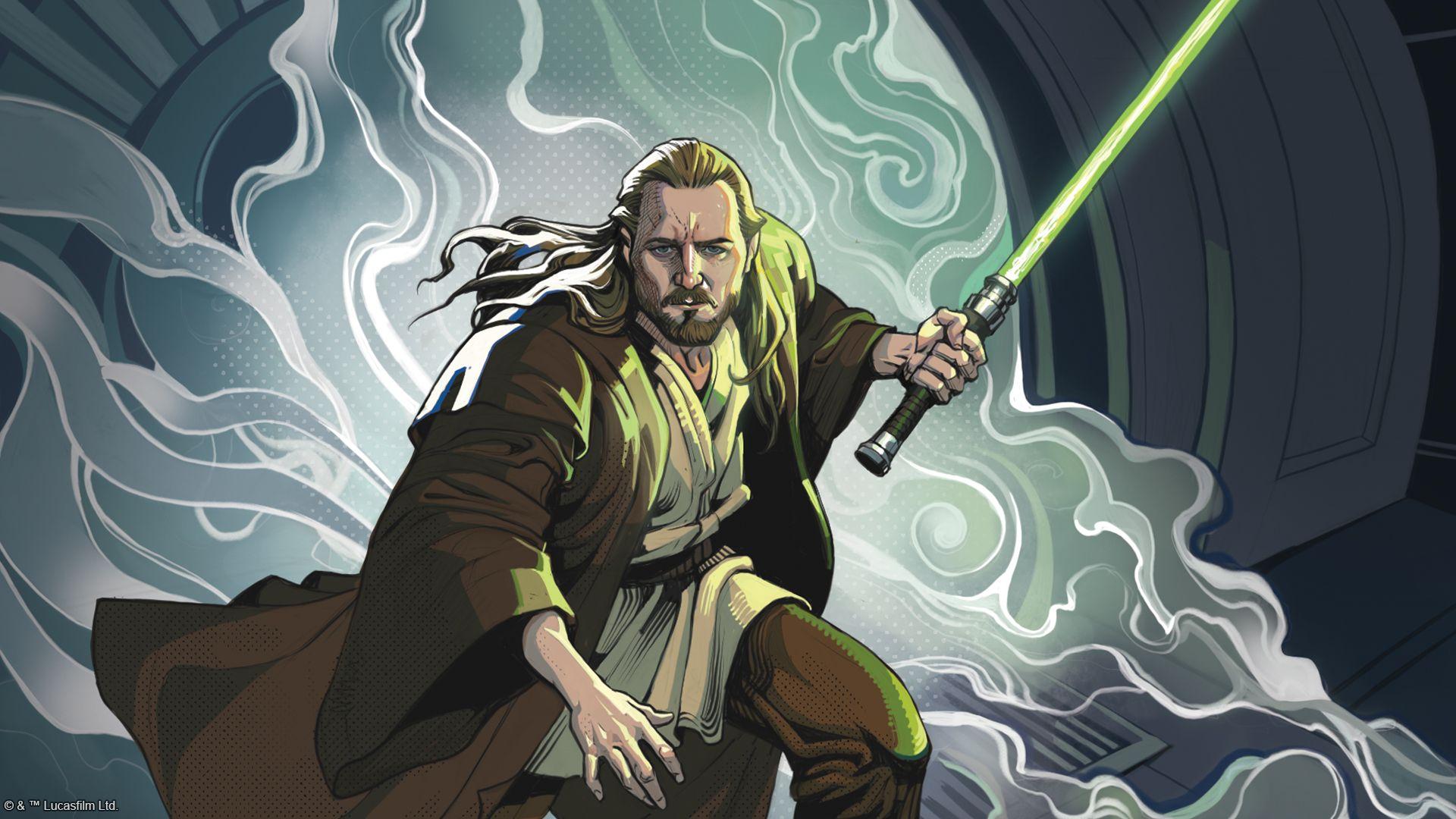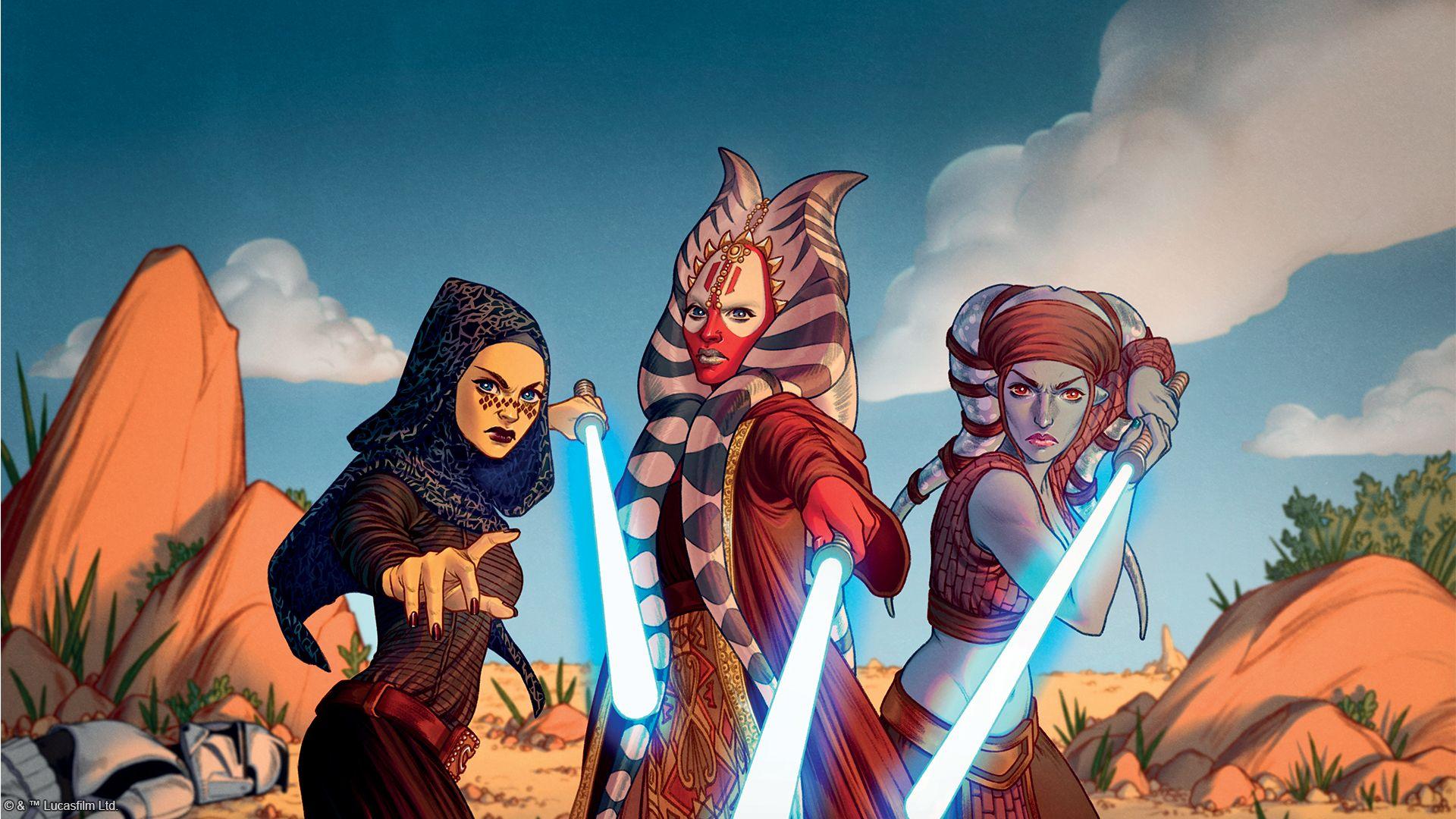Aspects of Twilight: Heroism
The release of Twilight of the Republic—the epic third set of Star Wars™: Unlimited—is on the horizon! As we count down the days to the set’s release, we wanted to take a look at the deckbuilding aspects and see what each of them “focuses” on with this new batch of cards. Due to the nature of the Clone Wars and its iconic conflict between the Galactic Republic and the Separatist Confederacy, we decided to split these “aspect previews” into two parts: one for Heroism cards, and one for Villainy. Today’s article focuses on the former, so, without further ado, let’s take a look at what each aspect on the Heroism side has to offer in Twilight of the Republic!

As we touched on in the Twilight of the Republic first look article, one of the new mechanics in this set is the Coordinate keyword. Only Republic cards can have this keyword, and thus many of the Heroism-aspect cards in this set have abilities that embody the “strength in numbers” playstyle that Coordinate represents.
Let’s start with the Aggression aspect. Many Heroism cards in this aspect are all about building up card advantage and drawing out the conflict until they do so. Cards like Batch Brothers (Twilight of the Republic, 144) give you two units for the price of one. This lets you potentially take down two enemy units and/or force your opponent to spend twice as many resources to respond to the threat, and it only cost you a single action to set up. This “two-for-one” approach is also exemplified in units like Low Altitude Gunship (Twilight of the Republic, 149), which can not only take out a unit when it enters play, but also is a dangerous unit in its own right, potentially putting your opponent in a tough spot.
In a similar vein, the Command aspect (when paired with Heroism) also wants a large board state. However, while Aggression focuses more on card advantage, Command focuses more on having lots of flexible units that can synergize with lots of other units you might play. Echo (Twilight of the Republic, 90) is a low-cost unit with a simple yet solid Coordinate ability boosting his stats while it’s active. Play him on turn one and another low-cost unit on turn two, and suddenly you have a prime target for the Republic Tactical Officer (Twilight of the Republic, 91)’s When Played ability, allowing you to potentially hit your opponent’s base for 6 damage!
Flexibility is also embodied in the Cunning aspect. Most Heroism cards in this aspect allow you to be reactive to your opponents’ machinations and grant you the tools to adapt on the fly. R2-D2 (Twilight of the Republic, 193) can get you a card that is more useful to the current situation, while Creative Thinking (Twilight of the Republic, 200) can exhaust an enemy unit while granting you a Clone Trooper token, potentially letting you get your Coordinate abilities active. It’s hard to deny that kind of usefulness!
Finally, we have Vigilance. While the other aspects all have a core strategy revolving around their units working together, Vigilance-Heroism cards tend to focus on keeping all those units around. Cards like the Kashyyyk Defender (Twilight of the Republic, 44) can heal damage off your other units, allowing things like Knight of the Republic (Twilight of the Republic, 49) to stick around longer and get more use out of their abilities. Of course, keeping your units around also means that your Coordinate abilities stay active longer, which fits nicely into the Republic’s strategy no matter what aspects you choose to use.

With a heavy emphasis on the Coordinate keyword and lots of synergistic abilities between units, it’s clear that the Republic side in Twilight of the Republic highly values teamwork. Look forward to our preview of the Separatist side in the coming weeks!
Share This Post



